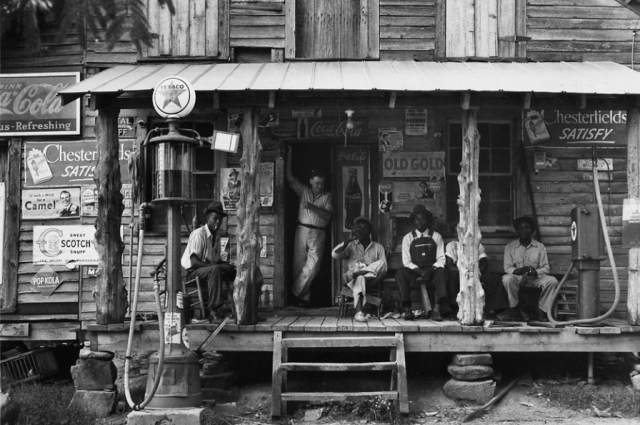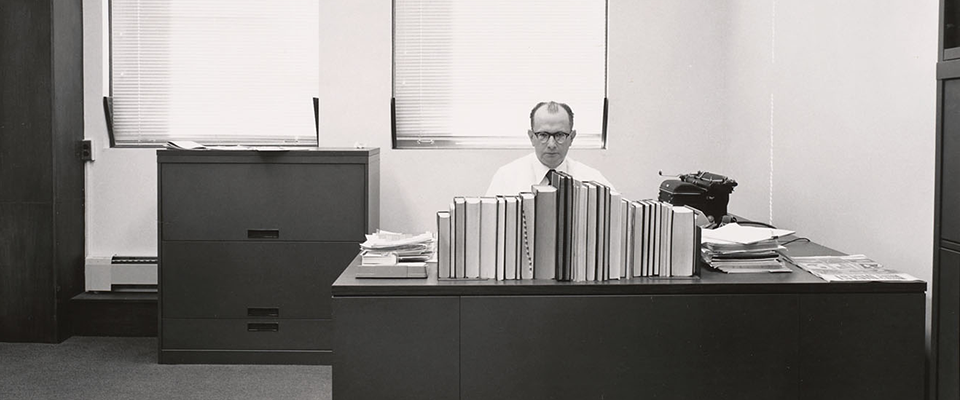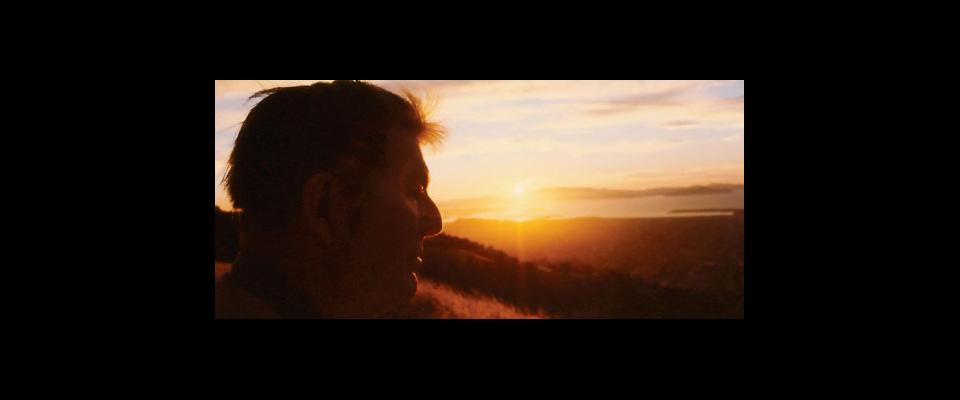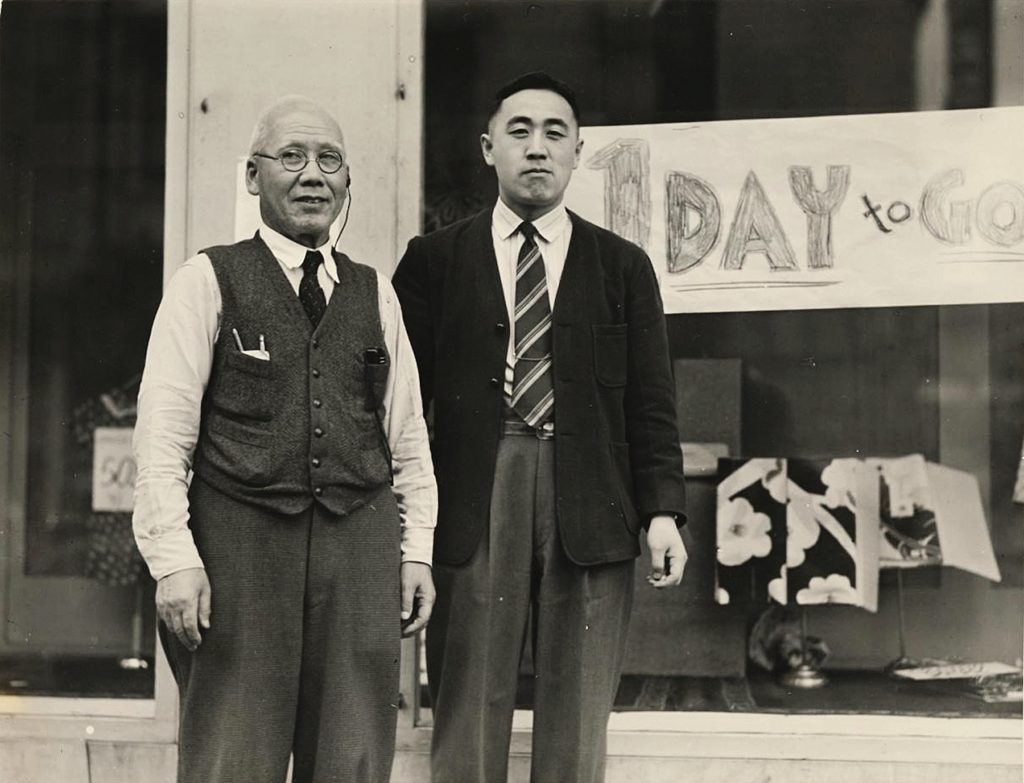
Uprooted: The Incarceration of Japanese Americans
The Bancroft Library Gallery
A mother and baby wait for an evacuation bus. Businesses are shuttered. Dressed in a uniform marking service in World War I, a veteran enters an “assembly center.”
These photos, taken by Dorothea Lange, decorate the walls of the Bancroft Gallery’s exhibit Uprooted: The Incarceration of Japanese Americans, along with drawings, maps, and documents from the era.
The year 2022 marks the 80th anniversary of Executive Order 9066 by President Franklin D. Roosevelt, which resulted in the forced evacuation of all persons of Japanese descent from their West Coast homes to “assembly centers” and then incarceration camps for the remainder of World War II.
The exhibit follows their journey chronologically, starting with newspapers announcing the “Ouster of all Japs” and concluding with the postwar struggle to secure redress from the government. Along the way, it features maps marking Japanese Americans’ original homes before removal, artistic responses from within the camps, and a video narrated by incarcerees. It also includes letters from Tule Lake, the center where those who resisted “loyalty questionnaires” were sent. These asked whether incarcerees would swear allegiance to the United States and renounce loyalty to the emperor of Japan—a particularly offensive question to those who were American citizens.
Former incarceree Sam Mihara ’56, whose story is told in the exhibit, explained in a 2012 interview with the Library’s Regional Oral History Office (now the Oral History Center) that his life goal is to educate people on this atrocity. “Never again should there be such an event as a mass removal of an entire group of people without due process of law.… I try to pass that message on to as many people as I can.”
The exhibit is on display through June 30.
—M.C.

Work Pray Code: When Work Becomes Religion in Silicon Valley
By Carolyn Chen, M.A. ’97, Ph.D. ’02
“I expected Silicon Valley to be a godless place,” writes Berkeley Associate Professor Carolyn Chen in the introduction to her new book, Work Pray Code. Instead, she found it to be one of the most religious places in America. In many tech firms, meditation rooms are as common as pingpong tables, and some even have a “chief spiritual officer.” One techie replaced his tight-knit, evangelical Georgia community with an even stronger faith in his startup. Another calls himself the “head pastor” of his firm.
Chen argues that this is all reflective of a larger trend in society: Work is replacing religion. Professionals are still looking for transcendence, but in companies instead of temples. As such, work has become all-encompassing, monopolizing our lives. To break the cycle, Chen says, we must invest more heavily in our families, neighborhoods, and faith communities: non-work institutions that provide a work/life balance.
—M.C.
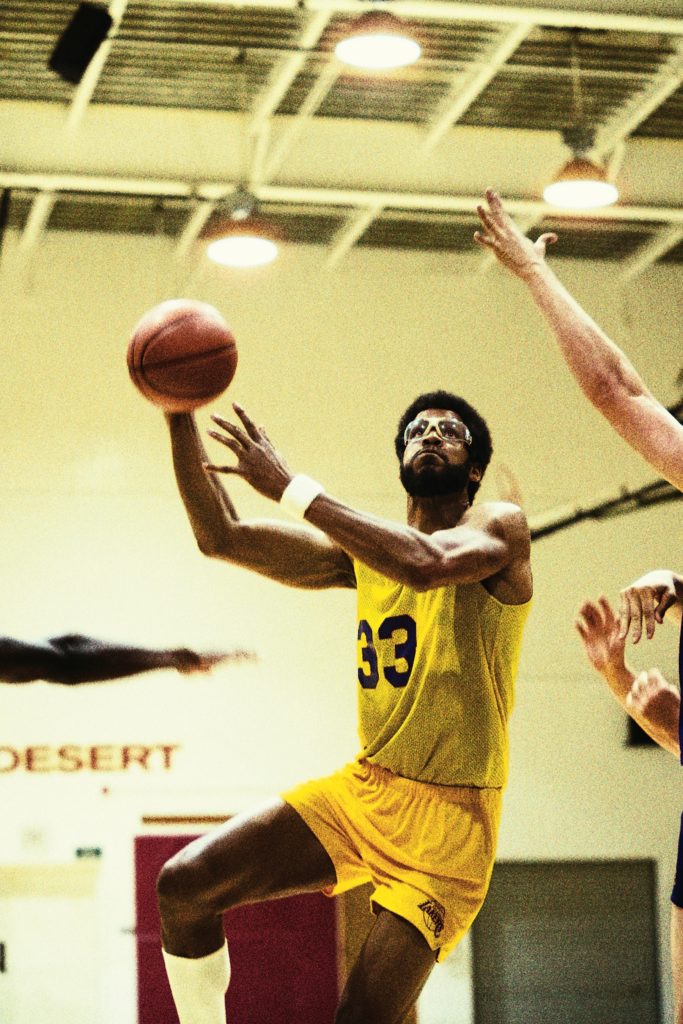
Winning Time: The Rise of the Lakers Dynasty
Starring Solomon Hughes ’02, M.A. ’07
The idea of doing a television series about the Showtime-era Los Angeles Lakers (1979–91) poses a unique casting challenge: Namely, who plays 7’2″ Kareem Abdul-Jabbar? The creators of HBO’s Winning Time found their answer in 6’11” Solomon Hughes, former center for, and captain of, the Golden Bears, who makes his acting debut here at age 43. In Lakers togs, sports goggles, and full beard, Dr. Hughes (after Cal and a stint with the Harlem Globetrotters, he earned his Ph.D. in higher education from the University of Georgia) is a ringer for the towering Abdul-Jabbar. He ably captures the legendary center’s aloof personality and quiet intensity off the court as well. Although Hughes’s role only blossoms midway through the series, his performance garnered notice. A headline in Esquire proclaimed “Solomon Hughes Is the Year’s Most Unlikely Star.” Not bad for a rookie.
—P.J.
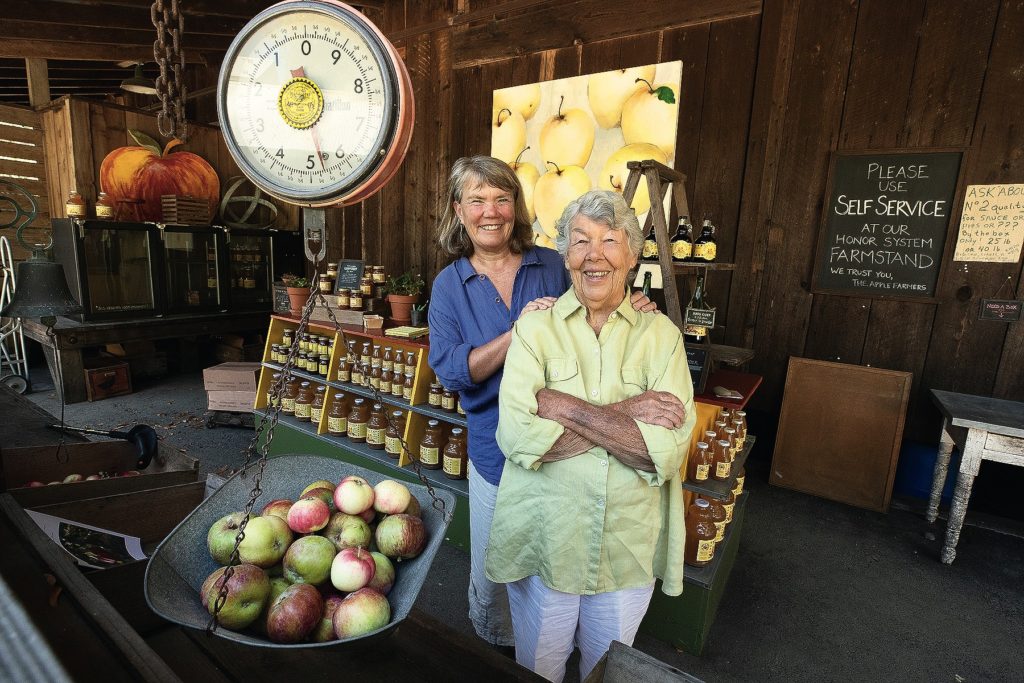
Six California Kitchens: A Collection of Recipes, Stories, and Cooking Lessons From a Pioneer of California Cuisine
By Sally Schmitt ’52 with Bruce Smith
Hidden among the vineyards of Napa Valley, the famed French Laundry was once a stone building bound by crumbling walls. The name pays homage to the steam laundry it had once been. Today, Californians know Thomas Keller’s three Michelin–starred restaurant well. But not everyone knows it was originally co-founded by the late chef Sally Schmitt in 1978.
This spring, Schmitt’s combination cookbook/memoir, Six California Kitchens, was published after nearly a decade of writing. In its pages, Schmitt reflects on her lifelong love affair with food and those who inspired her to make lemonade from lemons. She reminisces on 90 years of recipes—115 recipes, to be exact—concocted in the most influential kitchens of her life, beginning with her mother’s. Along the way, she recounts memories, sharing mental snapshots of the food and spaces that have defined her.
None was more definitive than the French Laundry, which Schmitt and her husband, Don, opened as a farm-to-table concept—one of the first of its kind in the region—in Yountville, where Don was mayor. Food critics say the couple helped put Napa on the map as a food destination, and credit her for making California cuisine what it is today.
Schmitt took inspiration from French country cooking: “the braised meats, simple things, lots of vegetables, homey desserts,” she told the San Francisco Chronicle in 1993. She wrote in Six California Kitchens that she preferred sharp knives, whisks, and wooden spoons to food processors and microwaves. Sally Schmitt graduated from Berkeley with a degree in home economics. She died in March at her farm in Philo, at age 90.
—A.S.
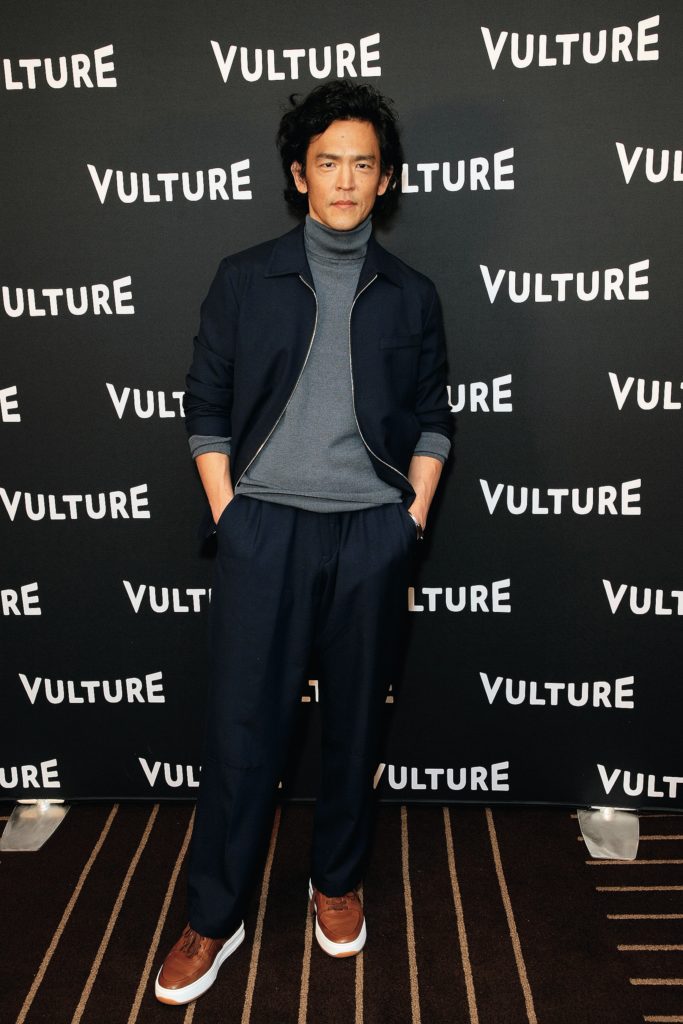
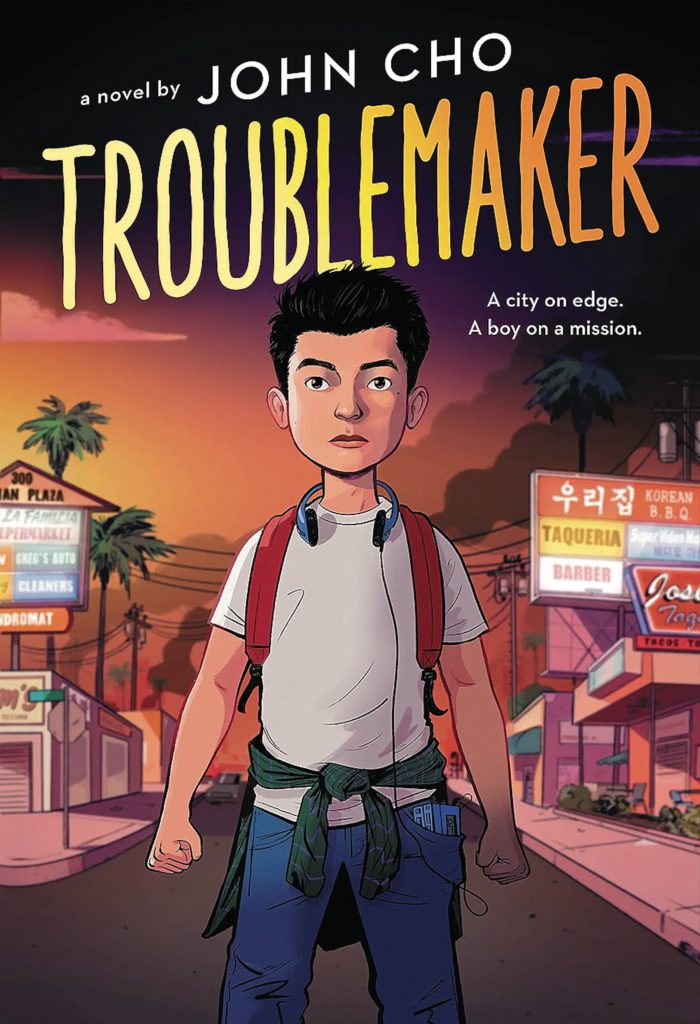
Troublemaker
By John Cho ’96 with Sarah Suk
In the aftermath of the Rodney King trial, the 1992 Los Angeles riots became one of the deadliest uprisings in modern American history. The worst of the rioting occurred in South Central and Koreatown, where tensions between African Americans and Koreans remained high after 15-year-old Latasha Harlins was fatally shot by a Korean store owner.
John Cho’s young adult novel Troublemaker revisits events through the eyes of Jordan Park, a 12-year-old Korean American boy who grapples with constantly having to live up to the expectations his family has set for him. Set on the fateful day—April 29, 1992—Cho tells a story not only of the riots but also about the complexities found within a Korean immigrant family, specifically between a rebellious son and his strict father. After his father decides to go board up the family liquor store in South Central, Jordan goes on a mission to protect him, despite their differences.
“It was largely inspired by the social justice movement of 2020,” said Cho, who is best known as a Hollywood actor, in a video from the book’s publisher. “[T]rying to understand the anti-Asian violence that was [also] happening … and trying to find a way to explain it to my kids.” In the process, he said, “My thoughts wandered back to 1992, and this story arrived.”
The book takes on topics from social injustice and the model minority myth to friendship and family dynamics. “Ultimately, [it’s]
a love story between father and son and a portrait of a family trying to navigate an incredibly difficult situation in their lives and their community’s lives.”
—M.B.
Stay True
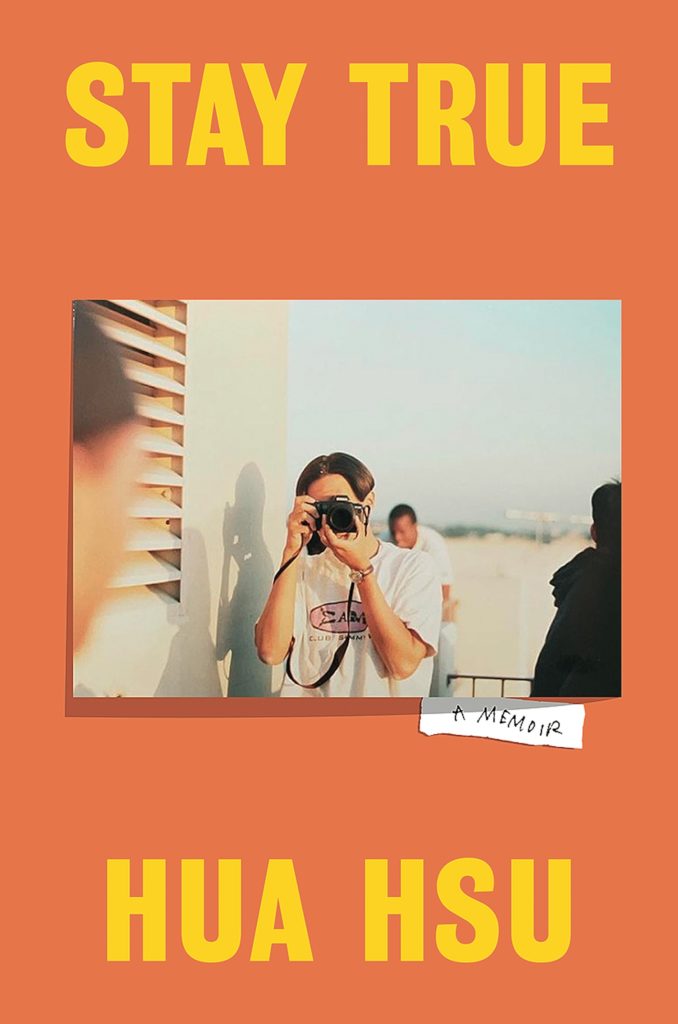
By Hua Hsu ’99
In his upcoming memoir, Stay True, Hua Hsu, a staff writer at the New Yorker and an associate professor of English at Vassar, writes about his life in California and his friendship with a Japanese American boy named Ken. The coming-of-age story celebrates the freedoms of youth and grapples with the grief that follows when, just three years after the two meet, Ken is killed in a carjacking. Hsu is the son of Taiwanese immigrants. In much of his writing, he explores Asian American identity as reflected in the white imagination. Stay True will be released on September 27.
—A.S.












